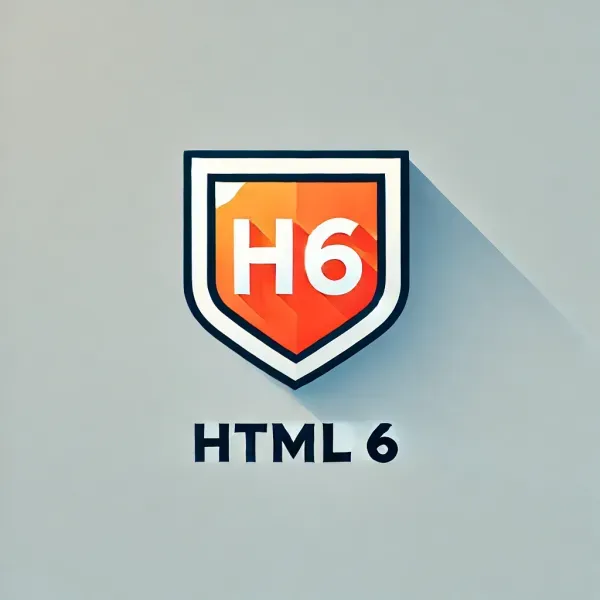
HTML, or HyperText Markup Language, is the backbone of the web, providing the structure and format for web pages since the early 1990s. From HTML 1.0, which introduced the fundamental concepts of hyperlinks and document structure, to HTML5, which brought multimedia support and APIs for dynamic content, each iteration has made the web more powerful and user-friendly. Now, as the web continues to evolve, the tech community is buzzing with anticipation for HTML6.
But what exactly is HTML6? What new features could it bring to the table, and how will it impact the future of web development? In this blog post, we'll explore the possibilities of HTML6 and how it could redefine how we build and experience the web.
1. HTML6: A Look into the Future
HTML6 doesn’t officially exist yet—there’s no formal specification or release timeline. However, based on current trends in web technology, ongoing discussions in the developer community, and advancements in browser capabilities, we can make educated guesses about what it might look like.
The transition from HTML5 to HTML6 could focus on key aspects such as:
- Improved performance and load times
- Greater integration of web and mobile technologies
- Enhanced security measures
- Better support for WebAssembly and other emerging web technologies
- New semantic elements for modern content types
2. Expected Features in HTML6
a. Native Support for Web Components
One of the major trends in front-end development is the use of Web Components, a set of web platform APIs that allow developers to create custom, reusable HTML elements with their own encapsulated functionality. HTML6 could provide more robust, native support for Web Components.
b. Optimized Performance for Mobile-First Development
With over 50% of global internet traffic now coming from mobile devices, HTML6 is likely to prioritize mobile-first development, optimizing code and rendering for mobile browsers without sacrificing desktop experiences. Improvements could include faster rendering for SPAs and built-in features for PWAs.
c. Enhanced Security and Privacy
HTML6 could introduce more privacy-focused APIs and security measures, such as built-in encryption options, stronger sandboxing for third-party content, and tighter cookie control, making web development safer by default.
d. Deeper Integration with WebAssembly
WebAssembly (Wasm) allows near-native performance on the web by compiling code from languages like C++ or Rust into a web-friendly format. HTML6 could include deeper integration with WebAssembly, making it easier to embed Wasm modules directly into HTML documents.
3. New Semantic Elements in HTML6
HTML6 could take semantic elements even further by introducing new elements to represent modern content structures, such as:
- <stream> for live media and streaming content
- <dialogue> for chat interfaces or interactive conversations
- <blockchain> to represent blockchain-based elements or transactions
- <3dmodel> for embedding and manipulating 3D objects natively
4. HTML6 and the Developer Experience
HTML6 will likely also focus on improving the developer experience. We might see enhanced debugging tools, more intuitive error handling, and better compatibility with other web technologies like CSS4 and the latest JavaScript versions.
5. Conclusion: A Bright Future for Web Development
While HTML6 is still speculative, the possibilities are exciting. It has the potential to revolutionize web development, offering faster, more secure, and more accessible websites. HTML6 promises to bring powerful features that will help developers build dynamic, performant, and interactive web experiences for users around the world.
Comments